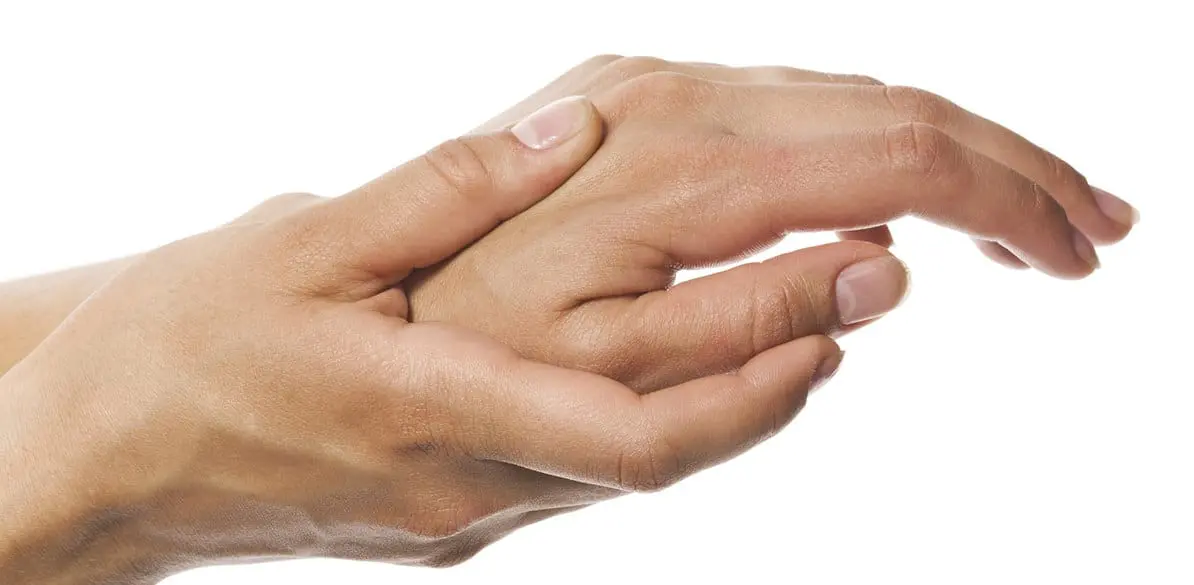Vasospastic conditions and disease of the small vessels and their effect on driving

Raynaud phenomenon
The characteristics of Raynaud phenomenon are pale fingers, cold, and later cyanosis with reddening, and rarely present in the foot, which is not usually as exposed as the hand
Idiopathic Raynaud can produce acrosclerosis with digital puntiform pulpar gangrene, and if associated with sclerodermia it can lead to tissue necrosis.
Protecting the feet from the cold with thermal footwear and micro-fibre socks, as well as using vasodilatory drugs such as nifepidine and prazosin are the most effective treatments for this illness.
Advice
- A driver with symptoms of Raynaud and decreased sensitivity shouldn’t drive with the air conditioning pointing at his limbs.
- He should drive with both hands and feet protected from the cold.
- Patients on nifepidine therapy should be advised that their ability to react quickly might be affected, so they should take extra case when driving. The risk increases significantly if alcohol is taken simultaneously. The risks increase with the simultaneous consumption of alcohol.
- This can also produce headaches, nausea, vertigo, a feeling of warmth, palpitations and leg oedemas.
- Patients on prazosin therapy should be made aware of the temporal risk of hypotension until the dose is adjusted definitively, which can interfere with driving. The most frequently reported side effect is slight dizziness.
Small vessel disease
Obliterant thromboangeitis or Buerger disease is common in young patients who smoke, and affects both the lower and upper limbs.
It produces an inflammatory reaction in the veins and arteries that cause superficial thrombphlebitis and arterial obstruction or gangrene in the toes.In addition to stopping smoking, the treatment includes eliminating directing traumas to the foot, thermal injuries, mycotic infections or vasoconstriction due to cold or medications.
Advice
- Treatment with vasodilatory drugs sometimes causes side effects or interactions, of which the patient should be warned if he is a driver.
- Pentoxifyline can increase the effects of antihypertensives, and also the hyperglycemic effect of insulin and oral antidiabetic agents. Theophyline levels may be raised in some patients.There is no evidence that, used on its own, this has any negative effects on the patient’s capacity to drive vehicles.
- Calcium antagonists are extremely useful when combined with other medications.Veraprimil can produce hypotension, bradycardia, AV block, heart failure and increase the likelihood of digitalis intoxication. In addition, it can cause the deterioration of left ventricular failure when associated with beta blockers or disopiramid.Nephadipin can cause hypotension, tachycardia, headaches, dizziness and oedema.
- Anti-platelet therapies do not interfere with the patients’ ability to drive vehicles, but they do increase the risk of haemorrhage.
An anticoagulated patient should be warned of the increased risk of suffering haemorrhage even in the case of a small collision, and should be told to drive with extreme caution. - The patient must not drive with the car heating or air conditioning directed at his body.
- To facilitate arterial flow, the driver should make frequent stops, walking during these rests.
- If there is ulceration or pain while resting, the patient must not drive.
- Patients who have amputations commonly need to observe a sufficient period of convalescence, during which ferula will be used, as well as compression of the injured tissues, and exercises and postural changes will help avoid contractures.
- Rehabilitation will eventually permit a prosthesis to be fitted, which is compatible with the needs and abilities of the patient, including driving.
- A person who has a lower limb amputated will require a prolonged period of adaptation, which will involve learning to walk with crutches until he may safely walk with a permanent prosthesis.
- Driving is an activity that will come after this process, and will require the appropriate adaptations to be made to the vehicle.
- Diabetic patients are at a greater risk of problems with distal, popliteal and tibial regions, which can develop into severe foot ischemia.
- These are high-risk patients, because they suffer from peripheral neuropathy and their lack of sensitivity means the symptoms might be masked.They are also more susceptible to necrotising infections.
Advice for the diabetic driver in connection with his feet
- Wash the feet daily in warm water with neutral soap, carefully drying the foot and being very careful to make sure the areas between the toes are completely dry.
- Do not aim the air conditioning or heating jets at your feet.
- Examine your own feet every day, and if you are unable to do so, get someone else to examine them, to look for hyperkeratosis, fistulas, wounds or macerations.
- Never drive without shoes, or even wearing sandals.
- Fight foot dryness and excess sweating by using effective tools to keep the skin intact.
- Cut the nails frequently without cutting down the edges.
- Always wear clean, ironed socks, as ironing helps to sterilise the garment. Modern micro-fibre allows the foot to stay dry at all times, as it draws damp away from the skin, and they are often manufactured without seams and folds that mean they are better for the skin.
- Shoes should be roomy and comfortable. Always look inside your shoes before you put them on, in case there is something inside them that might injure your feet, remembering that you will not always feel it with your feet because of the insensitivity caused by your diabetes.
- Visits to the podiatrist are obligatory in the case of mechanically-induced helomas or hyperkeratosis, so that these can be sorted out correctly.
- Never ignore a wound, even if it really minute, for more than 48 hours.
- Comply with tetanus prevention method, having boosters according to recommendations.
